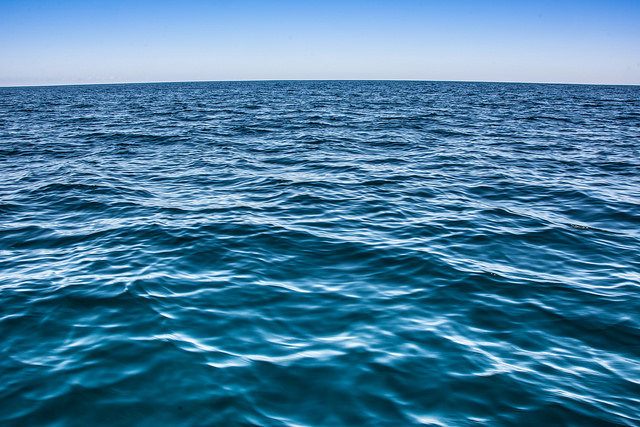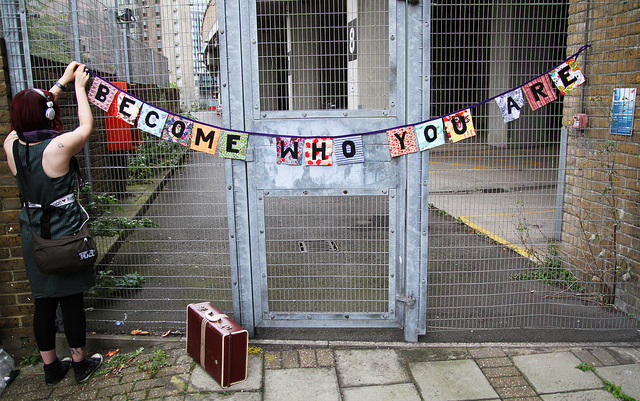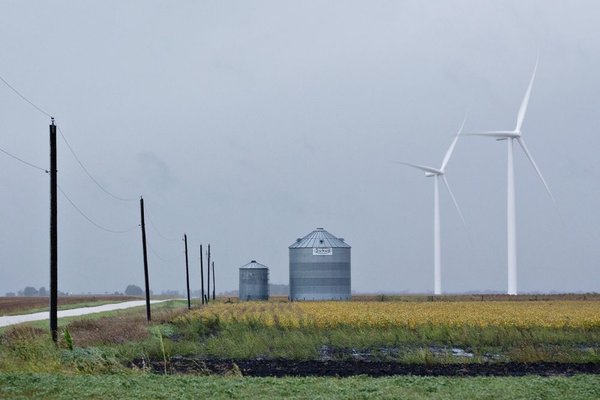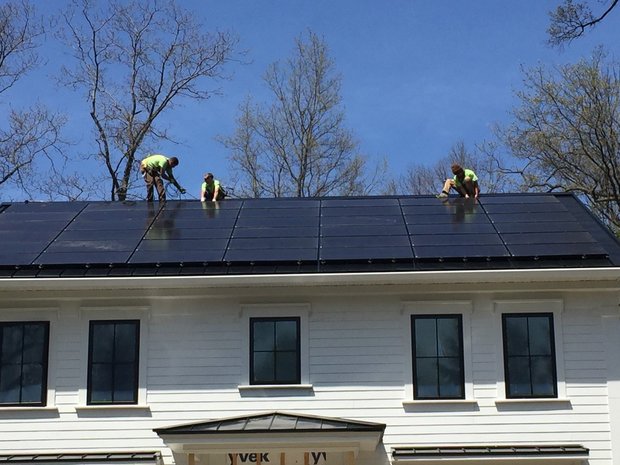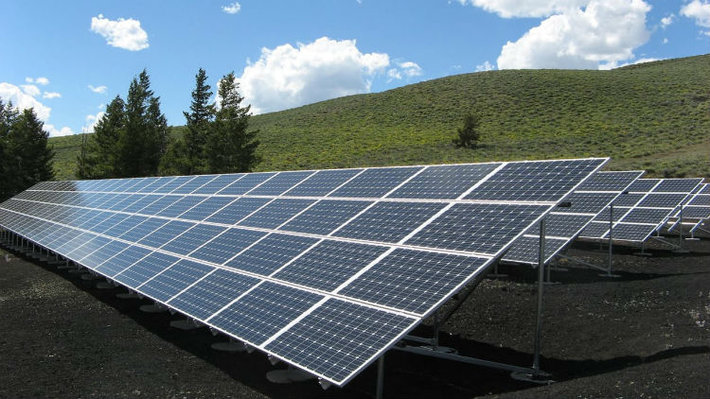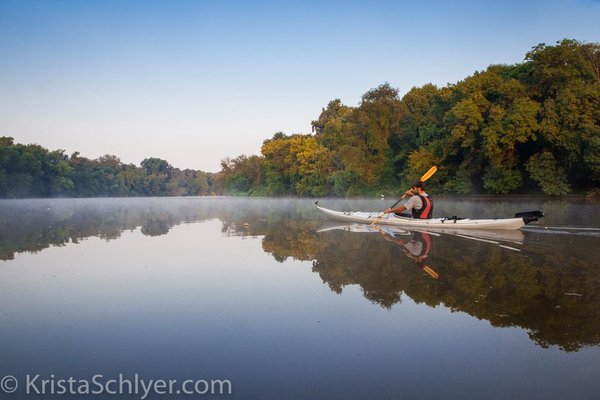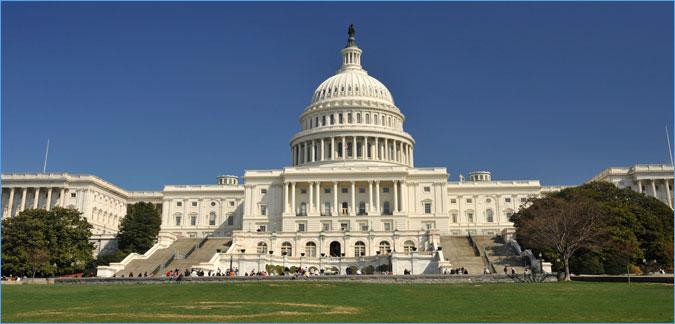Researchers developed a new way to extract uranium from seawater, bringing us closer to nuclear power that can sustain us for 10,000 years. Uranium makes up a teeny percentage of the particles in the ocean, about 3 parts per billion or roughly the equivalent of a grain of salt dissolved in a liter of water but the thing about the ocean is there’s a whole lot of it. Uranium exists in water bonded to two oxygen atoms in a molecule called uranyl. To capture the uranyl, long strands of plastic coated in a chemical with a negative charge called amidoxime were left underwater for a month, where they would passively soak up that uranium goodness
Continue reading... →Environmentalism has taken many different forms over the years. Recently, say the past decade or so, it’s been largely relaxed and passive. Now however, that’s changed in the U.S. as there’s a new administration in town that doesn’t have the same views on environmentalism and climate change as did the previous administration. No matter where you stand on politics, the last eight years were progress for our planet but they weren’t good enough. If you’re not sure where to begin to keep environmentalism alive in 2017, here are plenty of options.
Continue reading... →Sometimes, when I’m faced with a big decision, I want a sign from the Universe that I’m moving in the right direction. I’ve learned through the years that the Universe will give you answers when you ask for them. Here are five ways that the Universe sends us messages and speaks to us.
Continue reading... →Wind turbines across the Great Plains states produced, for the first time, more than half the region’s electricity last Sunday. The power grid that supplies a corridor stretching from Montana to the Texas Panhandle was getting 52.1 percent of its power from wind at 4:30 a.m. last Sunday, Little Rock, Arkansas-based Southwest Power Pool Inc. said in a statement last Monday. As more and more turbines are installed across the country, Southwest Power has become the first North American grid operator to get a majority of its supply from wind.
Continue reading... →While Ohio’s legislature has tried to further weaken the state’s renewable energy standards, lawmakers from two other states – Maryland and Michigan – have beefed up their state’s standards. Maryland is the latest state to do so. Its general assembly passed a law last year that required 22 percent of the electricity sold in the state to be produced by renewable sources by 2020. The old standard had been 20 percent by 2022. In December, Michigan, voted to increase its renewable energy standard to 15 percent from 10 percent by 2021. The legislation also set a voluntary goal of satisfying 35 percent of the state’s electricity demand through a combination of renewable sources, energy efficiency and demand reduction.
Continue reading... →Despite our increasing usage of renewable energy, there are still some big hurdles to achieving sustainability. The most recent challenge, which underlines the need for increased investment in renewables, comes in the form of storing renewable energy for later use. Most of us became familiar with the concept of cryogenic storage in the Sci-Fi movies and comic books we enjoyed as kids. While this actually deals with the preservation of usable electricity instead of human bodies, the idea is very much the same. Thanks to some recent breakthroughs, scientists have found that we can freeze energy via liquid nitrogen or liquid air. A process that works by collecting the heat dissipation that occurs by exposing incoming electricity to extremely low temperatures, cryogenic energy storage is an attractive option on account of its relatively low cost and its smaller physical storage requirements.
Continue reading... →The Anacostia River, which runs 8.7 miles from Bladensburg, Maryland, to the District of Columbia, has endured centuries of abuse. Once teeming with fish and clear water, the river is but a bedraggled ghost of its former self. But it’s a ghost with the potential to come back to life. To encourage this conservation and document the complexity of the task, photographer Krista Schlyer has brought her talent for visual storytelling to the front lines. In the process, she reaffirms the importance of looking at one’s own backyard for ways to make a big difference through environmental stewardship. “We don’t have to travel far to work on an important conservation issue: We can look in our very own backyards.”
Continue reading... →Last, week, under the cover of a media bliss-out except among Koch Brothers funded right-wing channels, the House of Representatives passed a bill which would effectively repeal future standard setting under every important environmental, public health, consumer protection, labor standards, occupational safety and civil rights law on the books. The bill, called the REINS Act, requires that any future major regulation adopted by an Executive Agency—say a new toxic chemical standard required by the recently enacted Chemical Safety Act, or a new consumer protection rule about some innovative but untested kind of food additive—must be approved by a specific resolution in each House of Congress within 70 days to take effect.
Continue reading... →The American electorate has picked one of the most powerful climate change deniers on the planet as the steward of U.S. environmental strategy for at least the next four years. The good news is that sustainable business leaders have more clarity about what to expect from the next administration. It’s now time to prioritize what comes next. Here are three considerations that should be central to Trump-era sustainability strategies — and not just those that relate to energy.
Continue reading... →Communications strategist and linguist George Lakoff has often warned that the Left communicates through policies and the presentation of factual data while the Right deals in moral themes and a focus on values. Lakoff has suggested that campaigns must appeal to a moral vision, and one that understands the needs and longings that are common to all of us. As for policies, he would focus on themes and legislation that can simultaneously address many of these common needs and longings. He calls such campaigns “strategic initiatives” and, a decade ago, pointed to one — the Apollo Project, a major investment in alternative energy that would simultaneously have created jobs and challenged climate change. A new suggested initiative for progressives is a “Make America Beautiful Again” campaign which is first a jobs program.
Continue reading... →